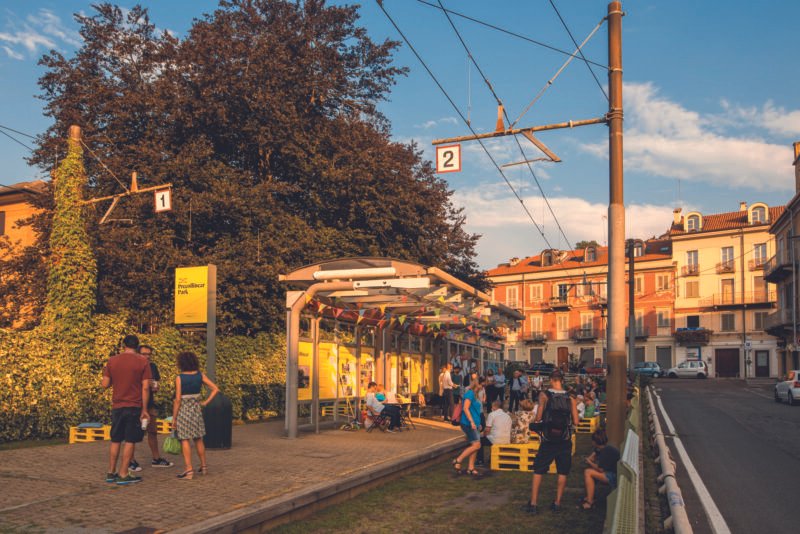REM Island: Recycling Pirate Architecture

The city of Amsterdam is about to take a former pirate broadcasting platform to the shores of its to-be-built Spaarndammerhout neighbourhood. This so-called REM Island was built in 1964 in Ireland and was located six miles off the Dutch coast. It used to operate as a media station for the commercial Radio and TV Noordzee from August till December 1964.

Like more countries, such as the United Kingdom, Belgium and Denmark, The Netherlands have quite a history when it comes to sea platforms that served commercial broadcasting stations. As the Dutch laws did not authorise commercial TV and radio (the government kept it that way until 1988), these pirate stations found a way to broadcast from ships or fixed maritime structures that were located in international waters and thus couldn’t be stopped by the authorities. Radio Veronica was another famous Dutch pirate station which broadcasted from a ship.

REM stands for ‘Reclame Exploitatie Maatschappij’ and was founded in 1963 by the Rotterdam-based ship builder Cornelis Verolme along with a group of investors. Their artificial island was built in the harbour of Cork, Ireland, and served as a design prototype for future oil platforms. It was towed to its location and anchored in cement on the seabed. On August 12, 1964 a test broadcast was performed and on August 15 regular broadcasting started. The Dutch authorities couldn’t prevent the commercial broadcasts.

However, the story of the REM Island came to an end after just a few months. On December 12, 1964, the government passed the REM law, which split the North Sea into continental sections. The sea bed under REM Island, to which the structure was attached, was declared Dutch territory. Five days later, Royal Marines boarded the platform and ended broadcasting. The picture above shows the programme of the last night at the REM Island.

A year after the end of the REM, Radio Noordzee resumed broadcasting legally under the name TROS. After that, the platform was used by the government to measure sea temperature and salt concentration. In 2004, an attempt to sell the island failed. On June 8, 2006, the REM Island was dismantled. A year ago, housing and urban development organisation De Key/De Principaal decided to recycle this media monument and give it a new life in the western docklands of Amsterdam, 27 miles away from its former location.

Dutch Design office Concrete was invited to give the platform a fresh look and feel. After completion of the new REM Island, there will be one floor containing exposition space and a media centre. The two upper floors of the building will be transformed into a restaurant. From its roof terrace of 22 metres high, visitors will have a beautiful panoramic view over the future districts of Amsterdam. The new REM Island is expected to be completed by the spring of 2010.




